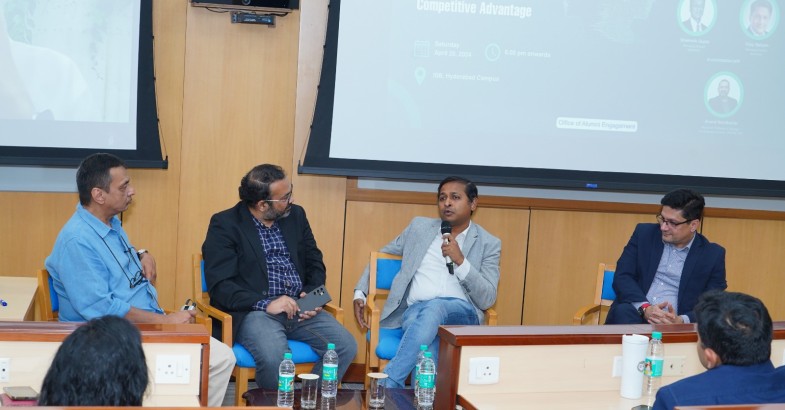
Digital twins—once used by NASA to troubleshoot Apollo missions—are now revolutionizing business strategy. These virtual replicas of physical systems, powered by real-time data and AI, enable companies to simulate scenarios, optimize operations, and predict outcomes before implementation. From Tesla’s smart factories to JPMorgan’s market simulations, digital twins are transforming decision-making across industries.
The Evolution: From Static Models to AI-Powered Predictions
Digital twins have evolved through three key phases:
- Knowledge Twins – Static models for research and training.
- Operational Twins – Real-time monitoring for manufacturing and logistics.
- Intelligent Twins – AI-driven, predictive systems that autonomously optimize processes.
With McKinsey projecting the digital twin market to reach $73.5B by 2027, adoption is accelerating rapidly.
Beyond the Factory Floor: Strategic Use Cases Across Industries
Digital twins are no longer confined to engineering or manufacturing. Their strategic relevance is expanding:
Automotive: Tesla’s intelligent factory twins optimize workflows with every vehicle produced.
Healthcare: Hospitals like Mater Private in Dublin have cut diagnostic wait times significantly using radiology twins.
Finance: JPMorgan Chase stress-tests economic scenarios to anticipate market shifts.
E-commerce: Amazon’s warehouse twins deploy AI agents to optimize fulfilment in real time.
Each example underlines a broader trend—organizations are using twins not just to operate efficiently, but to think strategically.
Building the Capability: Challenges and Imperatives
Despite the promise, digital twins are complex undertakings. They demand robust, high-quality data streams, cross-functional collaboration, and significant computing infrastructure. The convergence of domain expertise, AI, systems thinking, and cloud computing isn’t optional—it’s foundational.
Moreover, the cultural shift can be just as demanding as the technological one. For many firms, the leap from instinct-led decisions to simulation-based choices requires a deliberate change in mindset, governance, and incentives.
Looking Forward: From Simulation to Autonomy
The next frontier involves AI-powered and agentic digital twins, capable of making autonomous decisions within defined boundaries. While these bring unparalleled agility, they also raise critical questions around explainability, trust, and accountability—issues that leaders must address with rigor and foresight.
As multi-agent systems become more mainstream, firms that embed digital twins into their strategic core will enjoy a decisive edge: faster decision-making, greater resilience, and the ability to continually adapt in uncertain markets.
Wrapping Up
Digital twins are not just digital tools, they are strategic enablers for a new kind of organization: one that learns, simulates, iterates, and evolves in real time. For leaders across academia, industry, and entrepreneurship, the question is no longer if but how and how soon to harness this capability.
For deeper insights, read the full article here.

